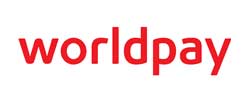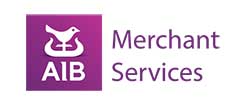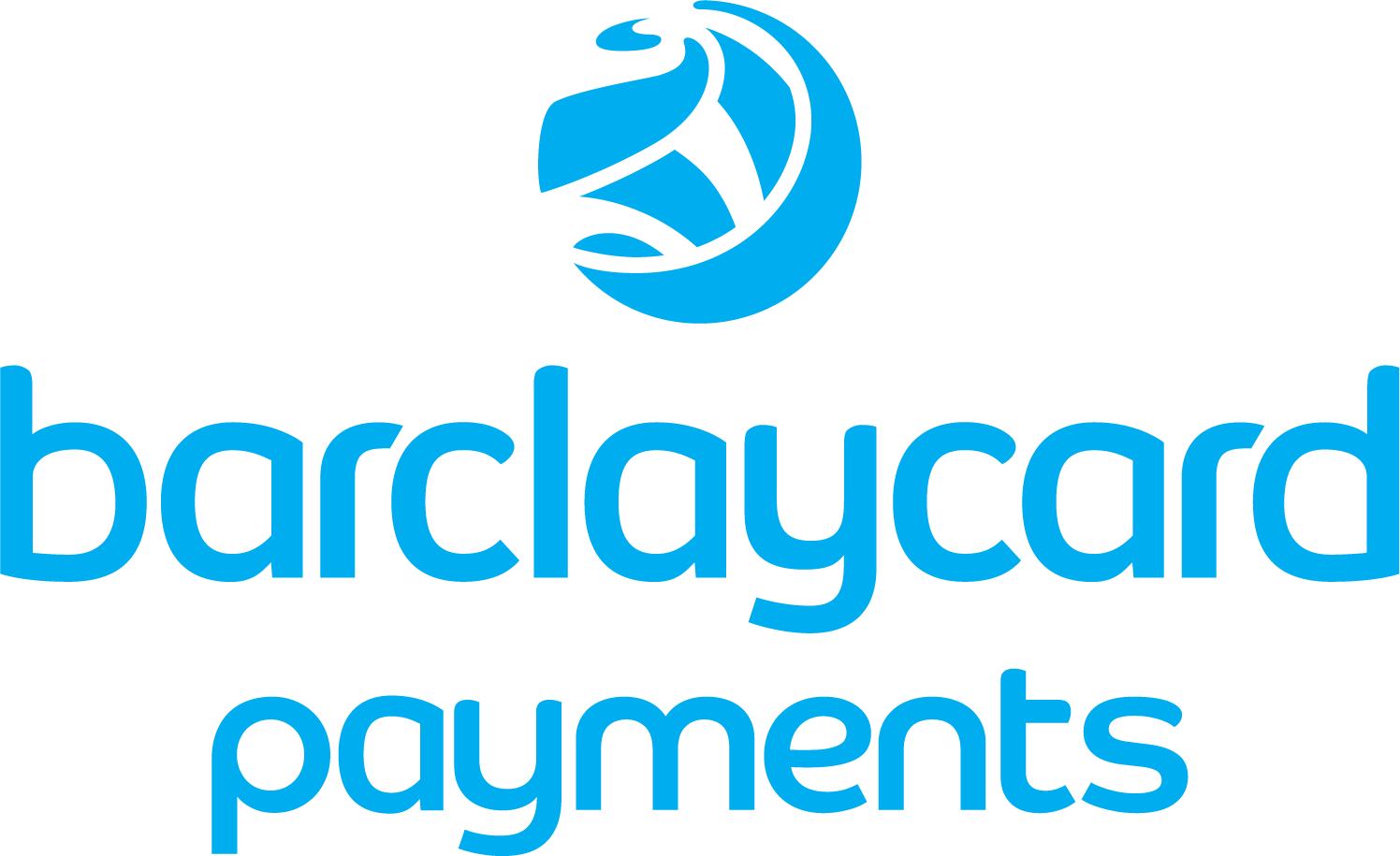Compare Card Payment providers the Easy way
- Direct access to the best rates from the UK leading providers
- One enquiry – all the information you need
- Avoid Lead Generation websites
- We don’t sell your data to anyone
- Rates from 0.26%
- Minimise your card payment processing fees





We're rated Excellent on
The Best Practices for Taking Payments in Today’s Digital Landscape
In today’s fast-paced digital economy, businesses must offer seamless, secure, and flexible payment solutions to stay competitive. Whether you run an e-commerce store, a brick-and-mortar shop, or a hybrid business, understanding the best ways to accept payments is crucial.
From online payments and contactless payments to card payments and mobile payments, customers expect convenience at every step. This guide explores the best practices for taking payments, ensuring smooth transactions while minimising costs and maximising security.
1. Understanding Modern Payment Methods
Before setting up your payment system, it’s essential to know the different ways customers pay today:
A. Card Payments (Debit & Credit Cards)
-
Chip and PIN – Secure face-to-face payments requiring a physical card and PIN.
-
Contactless payments – Fast transactions (up to £100 in the UK) via debit cards, credit card payments, or digital wallets.
-
Card-not-present (CNP) transactions – Common for online sales, requiring card details input manually.
B. Mobile & Digital Wallets
-
Apple Pay & Google Pay – Allow customers to pay via their mobile device using NFC technology.
-
Digital wallets store card details securely, speeding up checkout.
C. Bank Transfers & Direct Debit
-
Bank account transfers (e.g., Faster Payments, BACS).
-
Direct debit – Ideal for recurring payments (subscriptions).
D. Alternative Payment Methods
-
Buy Now, Pay Later (BNPL) services like Klarna.
-
Cryptocurrency payments (growing but still niche).
Choosing the right payment method depends on your business type—small businesses may prioritise card machines, while online stores need robust payment processing for payments online.
2. Choosing the Right Payment Provider
Your payment provider plays a crucial role in transaction success. Consider:
A. Transaction Fees & Hidden Fees
-
Merchant service fees (typically 1-3% per transaction).
-
Authorisation fees, monthly charges, or other fees.
-
Watch out for hidden fees—compare providers carefully.
B. Compatibility with Major Cards
Ensure your payment processor supports Visa, Mastercard, and Amex.
C. Integration with Accounting Software
Sync payments with tools like QuickBooks or Xero for seamless bookkeeping.
D. Payment Security & Compliance
-
PCI-DSS compliance for data security.
-
Fraud prevention tools (3D Secure, tokenisation).
3. Setting Up Payment Terminals & Online Gateways
A. In-Store Payments (Point of Sale Solutions)
-
Card readers – Choose between wired, wireless, or mobile payments-enabled devices.
-
Payment terminals – Ensure compatibility with chip and PIN, contactless payments, and mobile wallets.
-
Android phone or iOS compatibility if using mobile POS systems.
B. Online Payment Processing
-
Payment gateways (Stripe, PayPal, Square) securely process payments.
-
Optimised checkout pages to reduce cart abandonment.
-
One-click payments for returning customers.
C. Mobile & On-the-Go Payments
-
Portable card machines for market stalls or delivery services.
-
Mobile phone-enabled card readers (e.g., Square Reader).
4. Optimising Payment Security
With rising cyber threats, payment security is non-negotiable. Best practices include:
A. PCI Compliance
-
Ensures safe handling of card details.
-
Required for all businesses taking online payments.
B. Tokenisation & Encryption
-
Replaces sensitive data with tokens to prevent fraud.
-
End-to-end encryption for payment processing.
C. Strong Customer Authentication (SCA)
-
Required under PSD2 for online payments (e.g., two-factor authentication).
D. Fraud Detection Tools
-
AI-based fraud monitoring.
-
Address Verification System (AVS) for card-not-present transactions.
5. Reducing Costs & Maximising Efficiency
A. Negotiate Merchant Service Fees
-
Compare service providers to avoid extra costs.
-
Some processors offer lower rates for small businesses.
B. Avoid Hidden Fees
-
Check for:
-
Monthly minimums
-
Chargeback fees
-
Early termination fees
-
C. Encourage Faster Payment Methods
-
Contactless payments and mobile wallets speed up transactions.
-
Offering Apple Pay and Google Pay can attract more customers.
D. Monitor Cash Flow & Settlement Times
-
Faster payouts help maintain enough funds for operations.
-
Some providers offer next-day settlements for a small fee.
6. Enhancing Customer Experience
A. Offer Multiple Payment Options
-
Debit cards, credit card payments, digital wallets, and even cash (for some businesses).
-
The more options, the easier it is for customers to pay.
B. Streamline Checkout for Online Sales
-
Guest checkout option.
-
Auto-fill card details where possible.
C. Ensure Reliable Payment Systems
-
Stable internet connection for payment terminals.
-
Backup options (e.g., manual entry if card reader fails).
7. Future-Proofing Your Payment Strategy
The payment solutions landscape is evolving. Stay ahead by:
-
Adopting mobile payments and digital wallets.
-
Exploring open banking for instant bank transfers.
-
Preparing for biometric payments (fingerprint/face recognition).
Taking payments efficiently requires a mix of the right technology, security measures, and cost management. Whether you accept card payments in-store or collect payments online, optimising your payment system ensures smoother transactions, happier customers, and better cash flow.
By selecting the best payment provider, minimising transaction fees, and prioritising payment security, your business can thrive in today’s digital economy.
Ready to upgrade your payment services? Compare providers today and start accepting payments the smart way!
